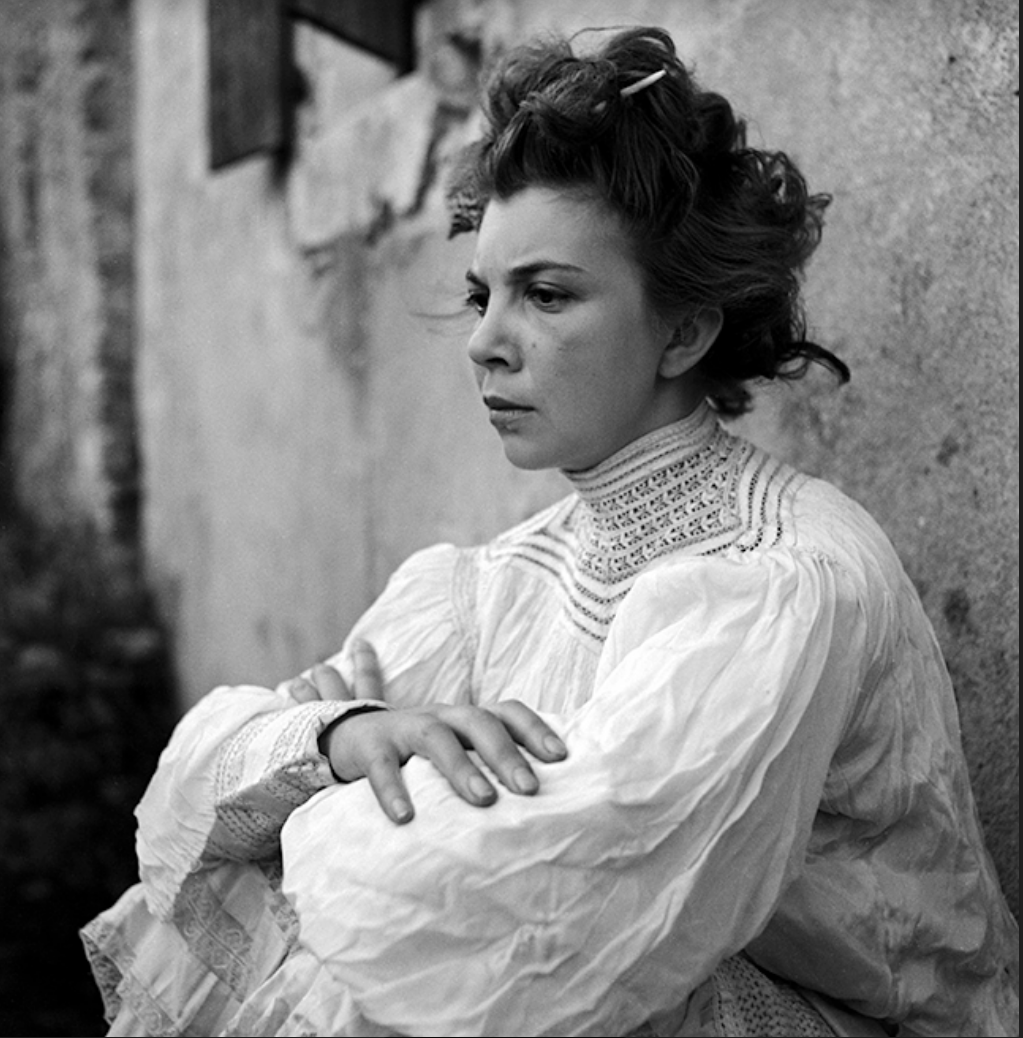Lee Miller
GGBB member since 2016
Born: Elizabeth Miller, April 23, 1907 (Poughkeepsie, New York, US)
Death: July 21, 1977 (aged 70) (Chiddingly, East Sussex, United Kingdom)
Elizabeth "Lee" Miller, Lady Penrose (April 23, 1907 – July 21, 1977), was an American photographer and photojournalist. She was a fashion model in New York City in the 1920s before going to Paris, where she became a fashion and fine art photographer. During the Second World War, she was a war correspondent for Vogue, covering events such as the London Blitz, the liberation of Paris, and the concentration camps at Buchenwald and Dachau.
In 1929, Miller traveled to Paris with the intention of apprenticing herself to the surrealist artist and photographer Man Ray. Although, at first, he insisted that he did not take students, Miller soon became his model and collaborator (announcing to him, "I'm your new student"), as well as his lover and muse. While she was in Paris, she began her own photographic studio, often taking over Ray's fashion assignments to enable him to concentrate on his painting.[citation needed] So closely did they collaborate that photographs taken by Miller during this period are credited to Ray. Together with Ray, she rediscovered the photographic technique of solarisation, through an accident variously described, with one of Miller's accounts involving a mouse running over her foot, causing her to switch on the light in mid-development. The couple made the technique a distinctive visual signature, with examples being Ray's solarised portrait of Miller taken in Paris circa 1930, and Miller's portraits of fellow Surrealist Meret Oppenheim (1930), Miller's friend Dorothy Hill (1933), and the silent film star Lilian Harvey (1933). Not only does solarisation fit the Surrealist principle of unconscious accident being integral to art, it evokes the style's appeal to the irrational or paradoxical in combining polar opposites of positive and negative; Mark Haworth-Booth describes solarisation as "a perfect Surrealist medium in which positive and negative occur simultaneously, as if in a dream". Amongst Miller's circle of friends including Pablo Picasso, were fellow Surrealists Paul Éluard, and Jean Cocteau, who was so mesmerized by Miller's beauty that he coated her in butter and transformed her into a plaster cast of a classical statue for his film, The Blood of a Poet (1930). During a dispute with Ray, regarding the attribution of their co-produced work, Ray is said to have slashed an image of Miller's neck with a razor.
In 1933, Julien Levy gave Miller the only solo exhibition of her life. Among her portrait clients were the surrealist artist Joseph Cornell, actresses Lilian Harvey and Gertrude Lawrence, and the African-American cast of the Virgil Thomson–Gertrude Stein opera Four Saints in Three Acts (1934).[citation needed]
At the outbreak of World War II, Miller was living in Hampstead in London with Penrose when the bombing of the city began. Ignoring pleas from friends and family to return to the US, Miller embarked on a new career in photojournalism as the official war photographer for Vogue, documenting the Blitz. She was accredited into the U.S. Army as a war correspondent for Condé Nast Publications from December 1942. She teamed up with the American photographer David E. Scherman, a Life correspondent on many assignments. She traveled to France less than a month after D-Day and recorded the first use of napalm at the siege of St. Malo, as well as the liberation of Paris, the Battle of Alsace, and the horror of the Nazi concentration camps at Buchenwald and Dachau.
A photograph by Scherman of Miller in the bathtub, with a shower hose looped in the center behind her head, recollecting a noose, taken at Adolf Hitler's apartment in Munich is one of the most iconic images from the Miller–Scherman partnership. Being one of the first to arrive at Hitler's secret apartments, Miller admits "I had his address in my pocket for years." After taking the bathtub picture, Miller bathed in Hitler's tub and slept in his bed. During this time, Miller photographed dying children in a Vienna hospital, peasant life in post-war Hungary, corpses of Nazi officers and their families, and finally, the execution of Prime Minister László Bárdossy. After the war, she continued to work for Vogue for a further two years, covering fashion and celebrities.
After returning to Britain from central Europe, Miller started to suffer from severe episodes of clinical depression and what later became known as Post traumatic stress disorder (PTSD). She began to drink heavily, and became uncertain about her future. In 1946, she traveled with Penrose to the United States, where she visited Ray in California. After she discovered she was pregnant by Penrose with her only son, she divorced Bey and, on May 3, 1947, married Penrose. Their son, Antony Penrose, was born in September 1947.
Miller was investigated by the British security service MI5 during the 1940s and 1950s, on suspicion of being a Soviet spy.
In October 1969, Miller was asked in an interview with a New York Times reporter what it was that drew her to photography. Her response was that it was "a matter of getting out on a damn limb and sawing it off behind you."
Miller died from cancer at Farley Farm House in 1977, aged 70. She was cremated, and her ashes were spread through her herb garden at Farley. (Source: Wikipedia)


